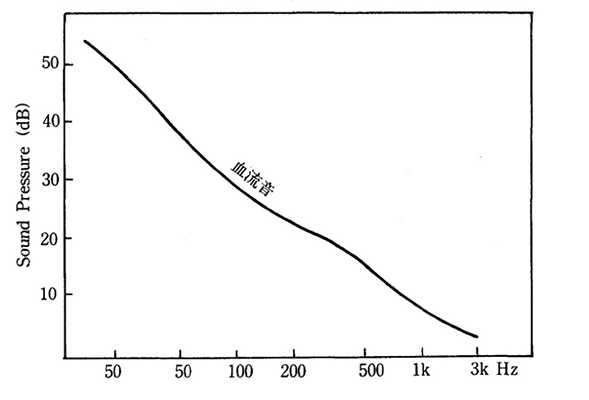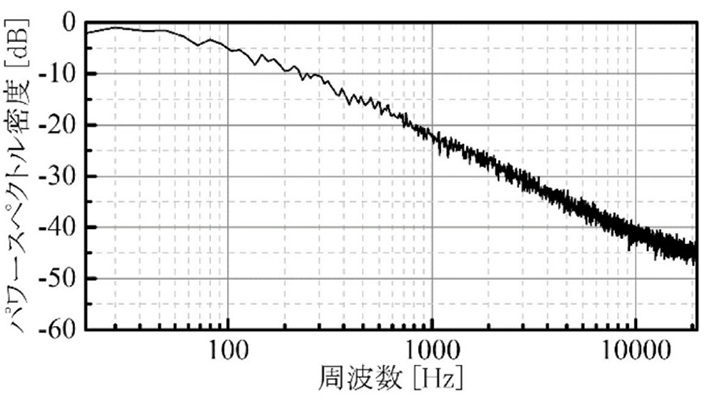Why humans love bass
Keiichiro Kita / President The Society for Harmonic Science
Translated by Joanna Newsom-Khan.
A human foetus develops in its mother’s womb for nearly 10 months. This gestation is an extraordinary accomplishment in the history of a biological evolution which has taken 3 billion years.
During this time this foetus is bathed in sound. Once our sense of hearing develops in utero between the 4th and 5th months, the sound of our mother’s heart-beat and pulsing blood flow is something we become familiar and secure with. We record these sounds in our subconscious mind and identify them with a sense of security and pleasure.
Dr. Lee Salk, a professor of paediatrics and psychiatry at Cornel University Medical Centre carried out experiments in 1960 which proved that infants who were exposed constantly to a relaxed heart-beat rate of around 72 bpm at 85db felt some calming effect. 70% of the infants in the study appeared happier, cried less and put on weight more easily because of this.
Dr. Murooka of Nihon University School of Medicine Department of Obstetrics and Gynaecology wrote in his research thesis in 1982 about the bonding relationship between a primary carer and a child who are both exposed to certain sounds in their environment. This research paper summarized that letting new-born babies and infants hear the sounds they were used to in the womb had a calming effect on them.
Since these two pioneering experiments, various other universities have carried out their own research into this field of study. At Kyushu Micro Graduate School Institute of Design, similar research was carried out and published in the Japanese Journal of Physiological Anthropology vol. 19, No. 3, August 2014, entitled, (The calming effect of rocking and sound vibration on infants of 1 and 2 months old).


Graph 1 explains the sound qualities that the foetus is exposed to in utero published by Dr. Murooka in his thesis. This graph shows the frequency spectrum of sounds in a mother’s womb. Taken from (Murooka、1982 Gynaecological Clinic Vol.36, No.11) Graph 2 from the Physiology Anthropology Department at Kyushu University of Design explains the sound quality of brown noise frequencies used in the experiment for calming infants.
The vertical axis of the graph marks the loudness of the sound in decibels (the unit of sound pressure level), and the horizontal axis of the graph shows the frequency of the sound, (the number of sound cycles per second) in hertz. We can see on the left that the sound quality of both sounds register a fair amount of low level frequency.
Graph 1, shows that there is an increase of more than 10 decibels as the sound level inside the womb drops from 500 Hz (for reference, a pitch of B4, a C on the scale falls at 493.8hz) to 100 Hz (for reference, a pitch of A2, a La falls at 110 Hz). Safe to say that when we are inside the womb we are literally bathed in bass. These deep vibrations are intrinsically linked to our memory as being connected to feeling safe, and comfortable. All of us must therefore have this memory-link stored in our subconscious.
A pioneer of Japanese space rocket development is Dr. Hideo Itokawa who played the cello in his spare time. It was the vibration from the cello which gave him an idea of developing a speaker especially for transmitting low frequency vibrations into the body via bone conduction. Low sounds are transmitted to the body as a vibration and give a pleasurable resonation. This same inspiration appears in Japanese literature in the popular story by Kenji Miyazawa in [Gauche the Cellist]. It is the story about a boy who played cello to animals and healed them with the vibrations of the instrument.
At the Society of Harmonic Science of Japan, we promote 3 methods of sound healing. These are nature, healing vibration and breathing-voice. We use the Kita Bio sonic Peace Machine which was developed from the inspiration from Dr. Itokawa about bone conduction. This healing vibration tool is a small speaker conductor which you put onto the body and let it re-tune the inner body environment with its deep frequencies. It has the effect of relieving stress in the body and it relaxes the nervous system by way of the frequencies from the specially composed music, see graph no. 3.


As we can see, the music registers a lot of deep vibration. Deep frequencies seem to hold an invisible power which helps with psychological wellbeing and physiological health.
In December 2018 Honda Motor Company released a child’s toy call the Honda Sound Sitter. It is a soft, cuddly toy which plays the sound of the new Honda sports NSX engine. It is set up to play the engine sound as well as make recordings. I had the honour of supervising of the Sound Sitter project on behalf of the Society of Harmonic Science. I oversaw engine selection and recording and submitted a report.
We tested the effectiveness of the toy with very young infants. For 11 of the 12 infants we gave the Sound Sitter to, the results were positive; the children stopped crying, their heart rate slowed down and they became generally calmer. The Sound Sitter is exclusive to Honda and was developed to support mothers who are nervous going out with a crying baby.

Graph no. 4 explains the sound quality of the Honda Sound Sitter.

For this project I listened to a lot of different engine sounds and compared their qualities. Different car engines offered different kinds of relaxation in the body. A friend of mine had a Chevrolet Malibu so we took the opportunity to test the engine frequencies. The engine was quieter and contained less deep level frequencies. It seems that newer cars emit less low frequencies Graph 5 shows the sound qualities of the Chevrolet Malibu.

We listened to a few different engine sounds on the internet and YouTube. We began to notice that it wasn’t just the engine sound itself or the recording engineering equipment which was used but that it was also the person revving the engine who played a key element and made a difference to the sound quality. Italian sports car engines sounded quite attractive yet somehow the person turning the engine put a man-made stamp on the quality of the tone of the engine. The drivers somehow added a type of pressure to the sound so it was not as relaxing as it could have been. We also identified differences in the engine tone depending on the relationship the owner had with the car. For instance, if the car was an object of pride and ostentation this was audible.
So, can a car be a type of instrument? Is the person turning the engine an instrumentalist? To me, this project with the Honda Sound Sitter was an exercise in synergy between the Honda style NSX engine itself and the Honda employee who revved the engine for this recording and who was emotionally invested in the project. This made the Sound Sitter toy unique being the result of these specific conditions.
Referring back to the sound qualities expressed in graphs 1, 2, 3 and 4, what they had in common was a fair amount of deep frequencies were present. What these deep frequencies all managed to do in each piece of research was to relax people.
While we are in the womb we hear and feel these low frequency sounds every day for half a year. Is there some kind of sacred primordial force present within these low frequencies? Is this an unchartered healing medium that could benefit our health and well-being? If so, how might we make use of this to encourage optimum well-being in society?